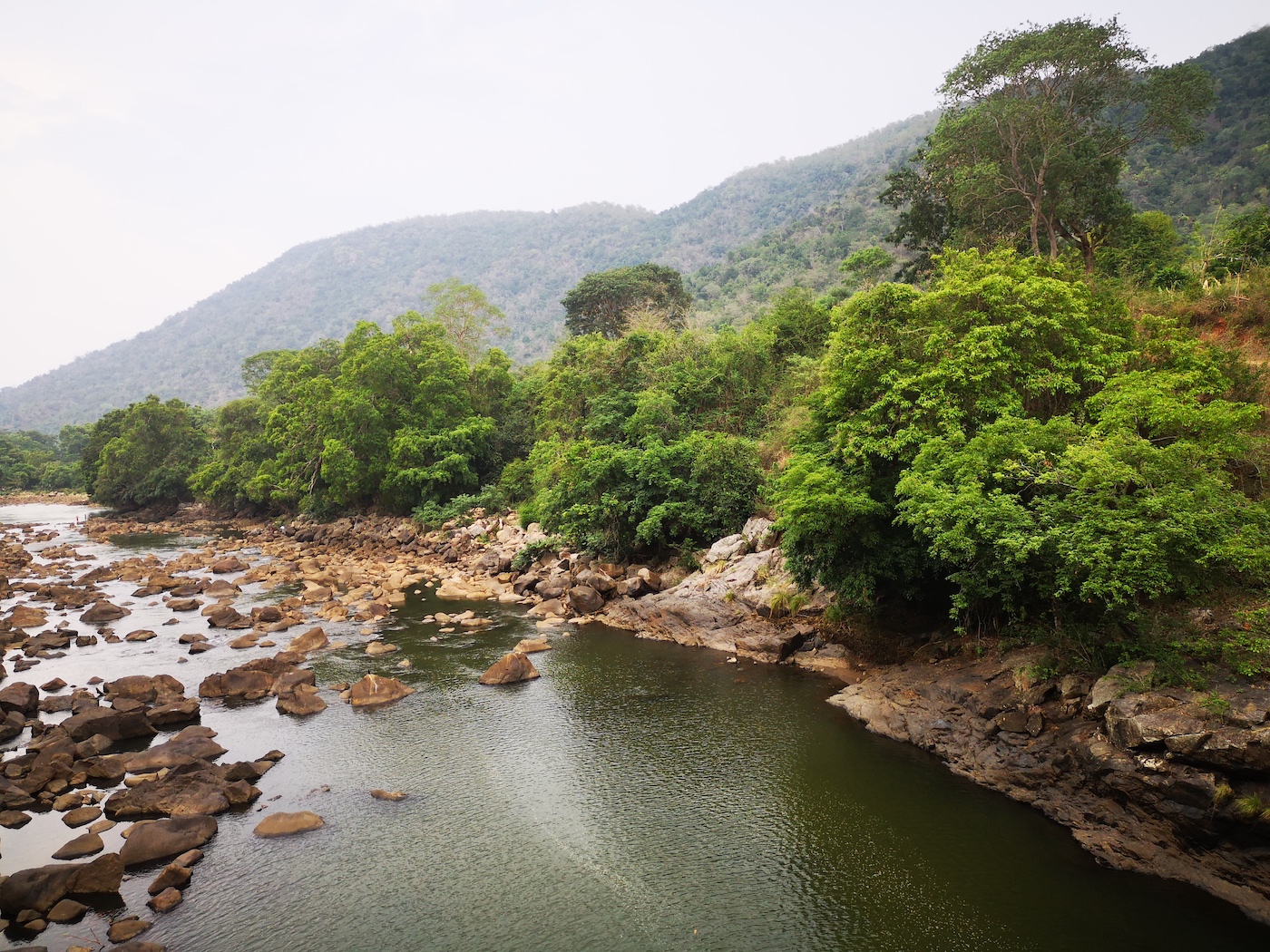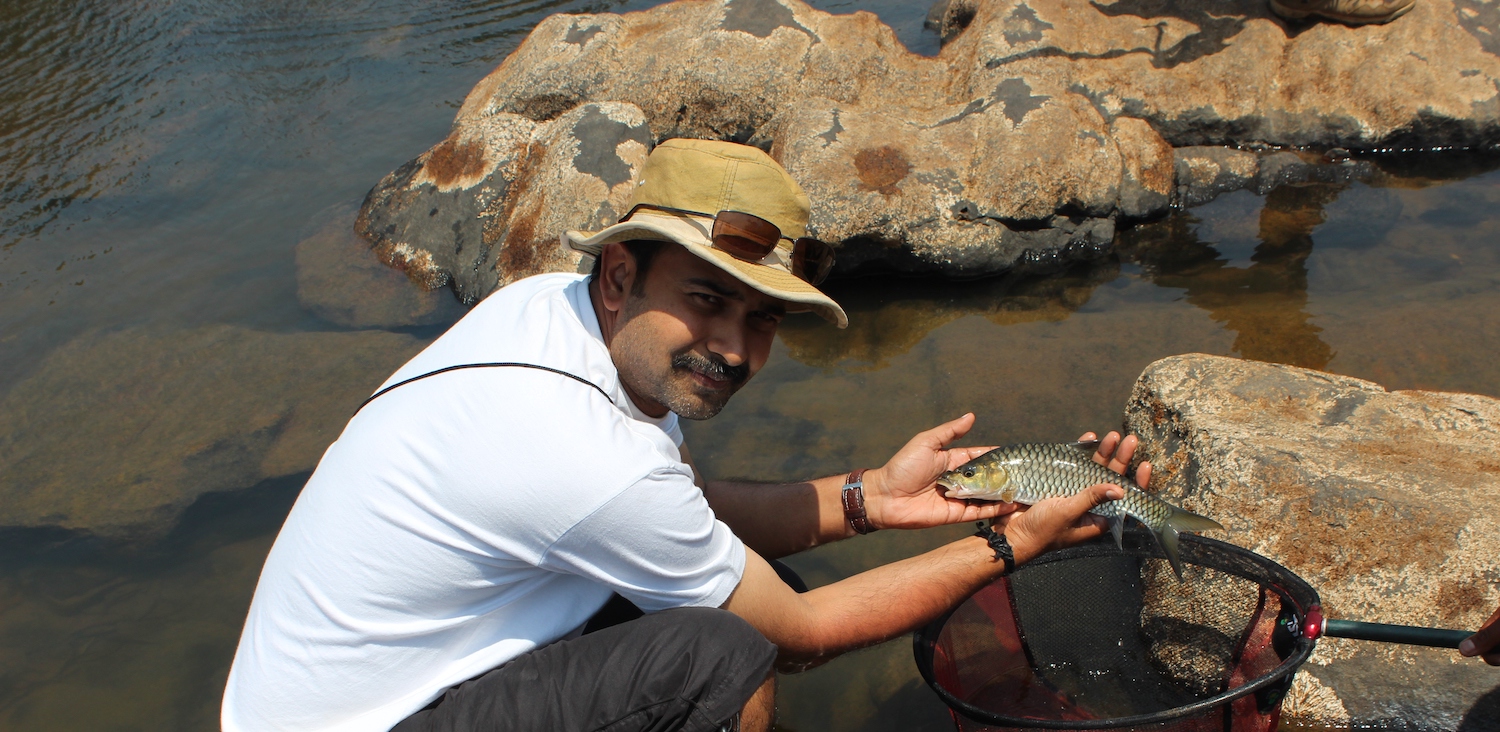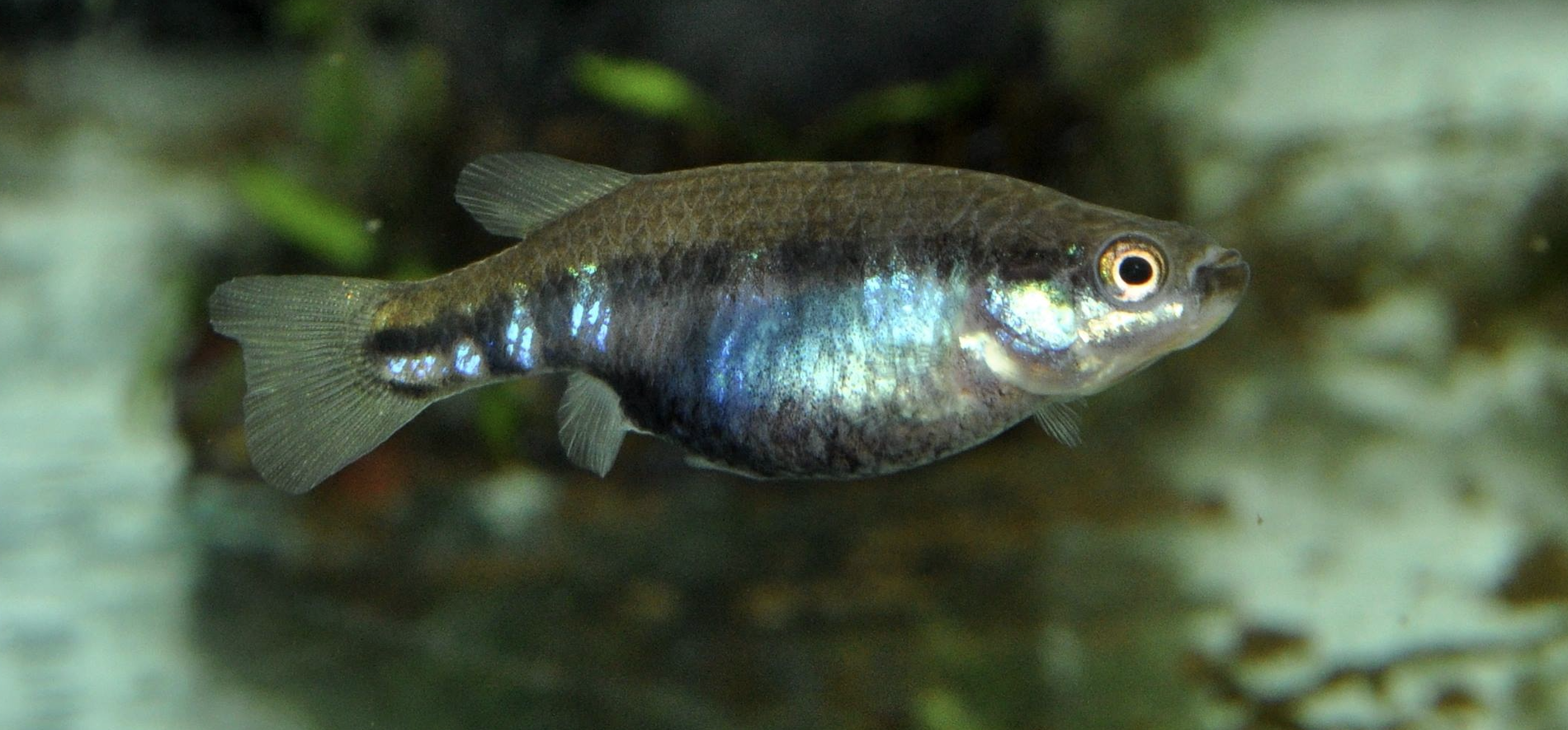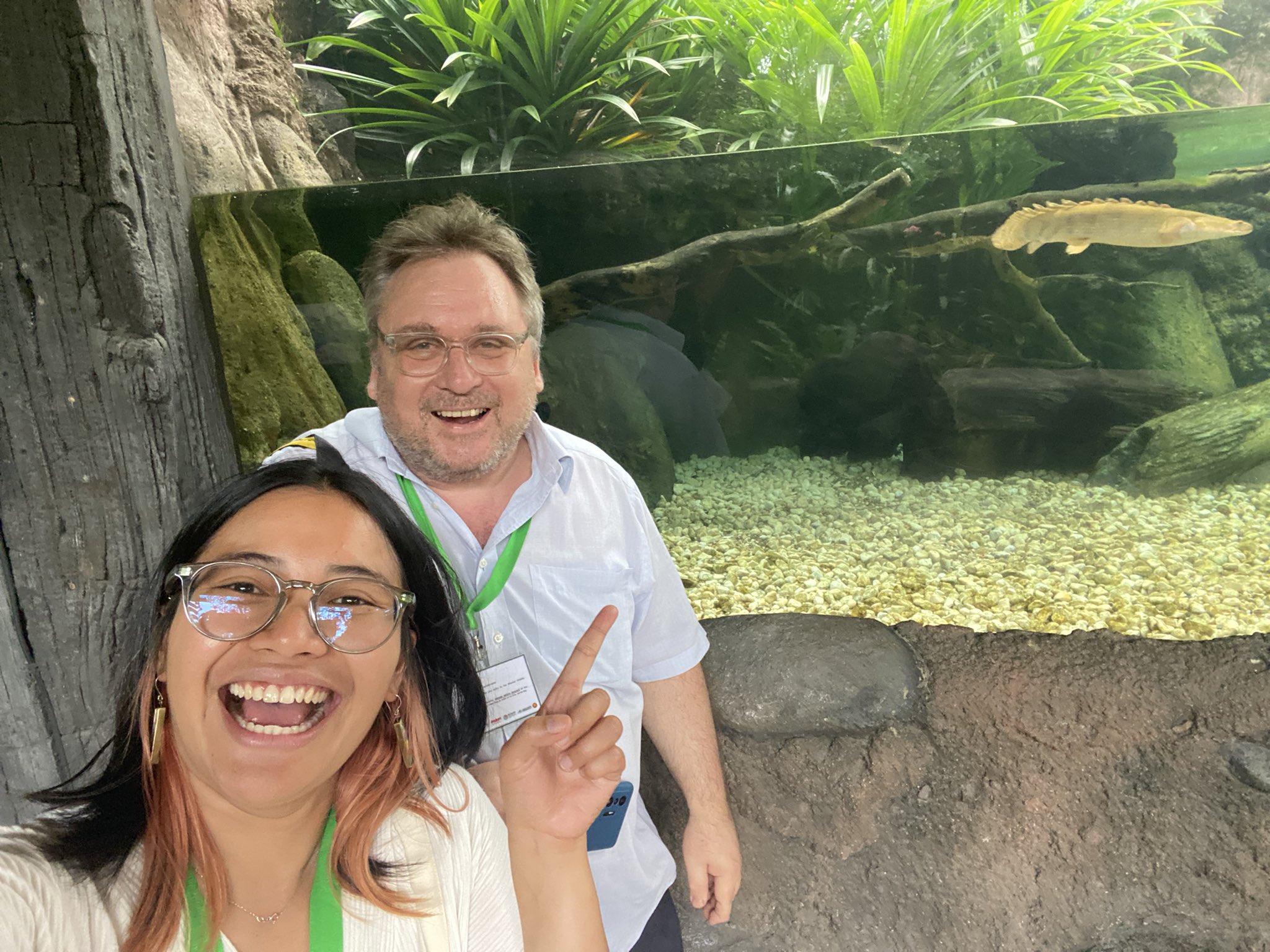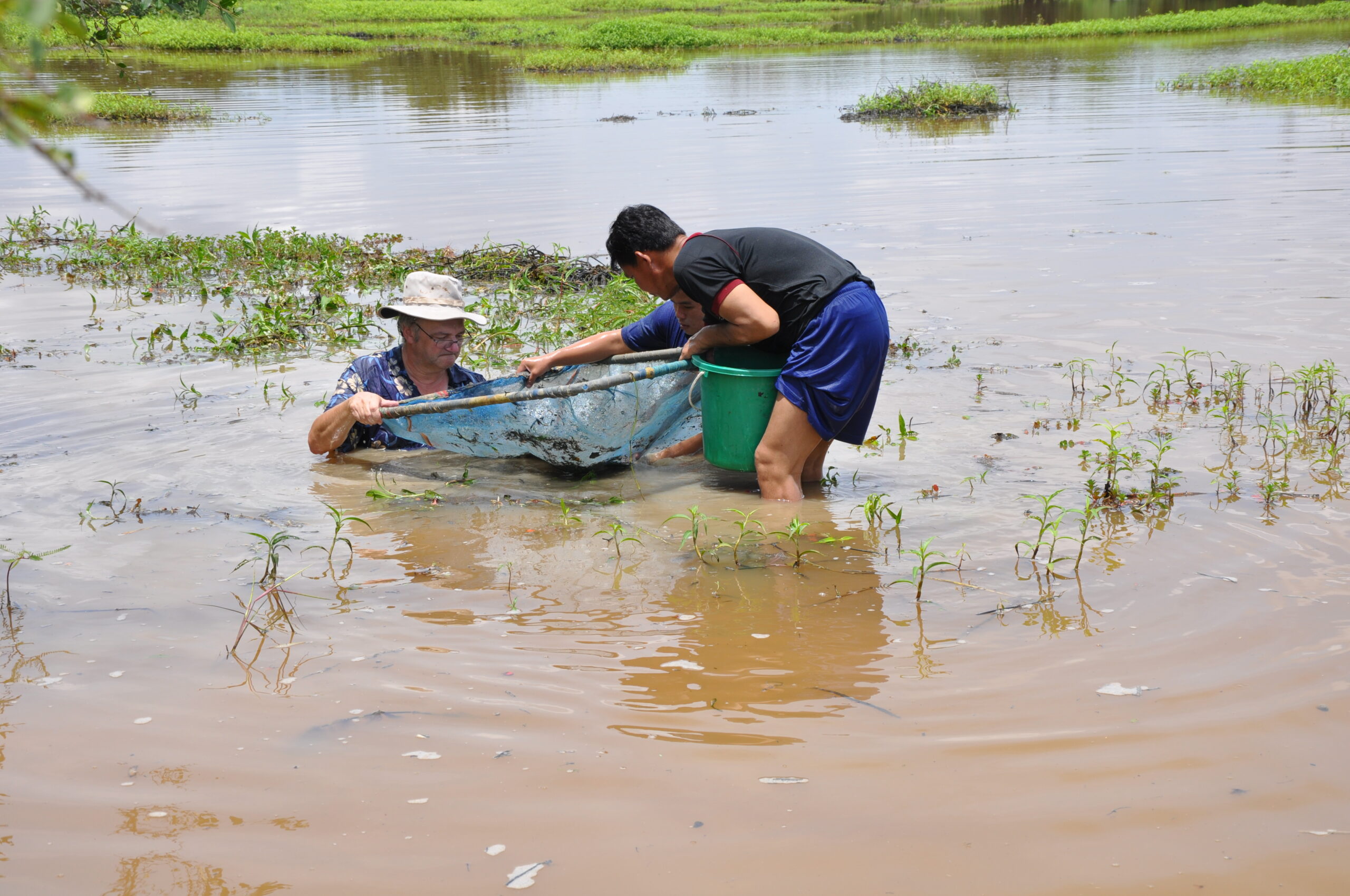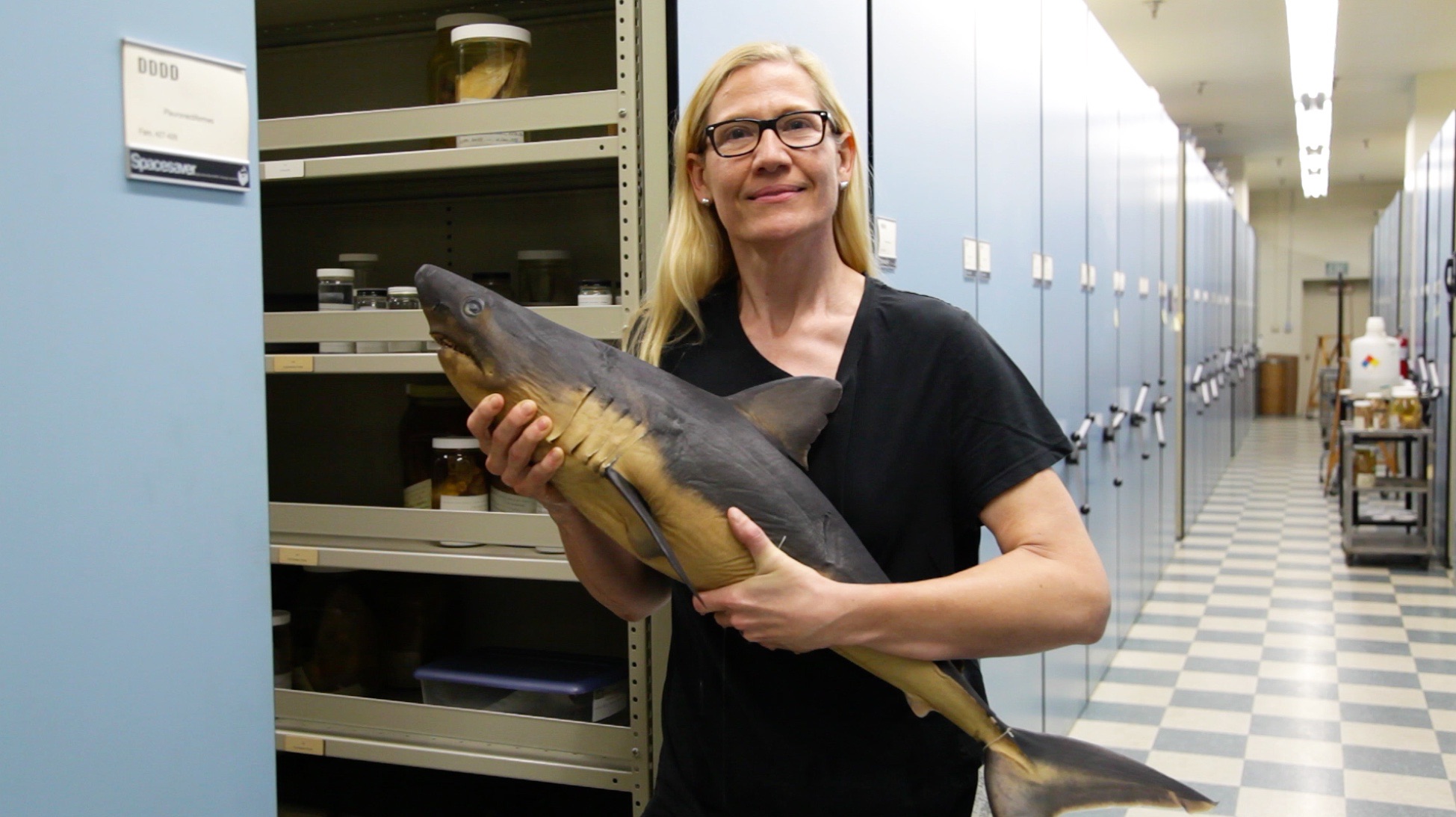When did your interest in fish begin?
My interest in freshwater fish started off as a school kid who kept goldfish, guppies and gouramies at home. Only after several years of keeping these ‘exotics’, did I understand that they were ‘enemies of nature’ – a leading cause for decline in native biodiversity, often pushing many species to extinction. I quickly quit my fishkeeping hobby, unhappy about the fact that I could not find any ‘good fish’ to keep. Field trips during my undergraduate program made me realise the importance of my backyard, the Western Ghats, as one of the world’s finest natural repositories of freshwater biodiversity.
What’s the best memory you have from all the times you have had working on the rivers of India?
There are several, and I come back from each of my field trips with several interesting incidents. This includes watching shoals of the endangered Redline Torpedo Barbs to monster-like mahseers. But the moment I will always cherish is describing the world’s only known subterranean snakehead fish, Aenigmachanna gollum, probably one of the most enigmatic species of freshwater fish ever described from India! This was such an unusual fish – like a beast from outer space!
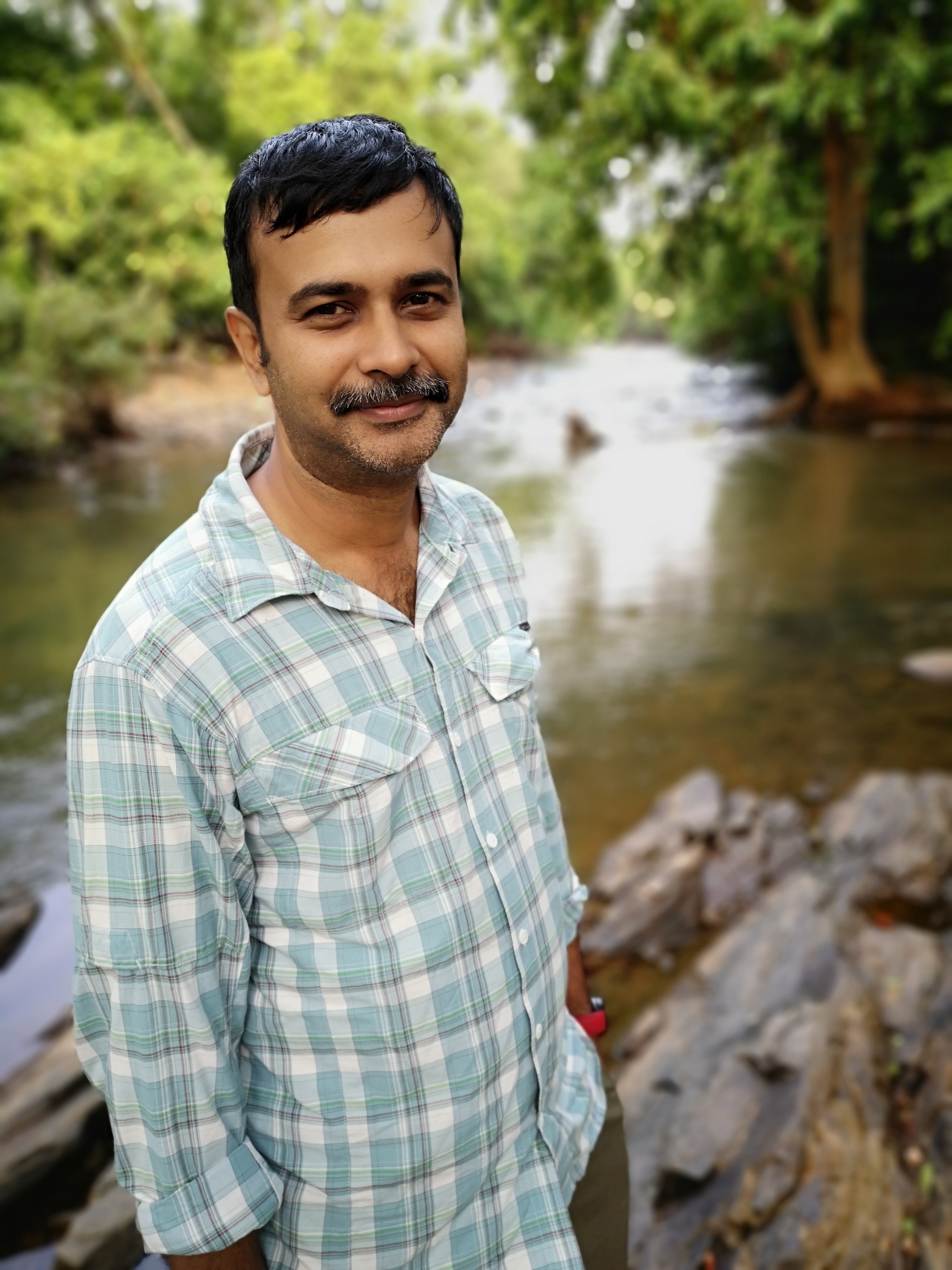
Rajeev on a recent scoping trip for a conservation project to save the hump-backed mahseer (c) Michael Baltzer
What changes have you seen since you first visited those river systems?
The crystal-clear waters in the mountain streams of the Western Ghats had fish species a hundred times more beautiful than the goldfish I kept in my tank, but their habitats were being quickly threatened in the race for development. Very few rivers of the Western Ghats are now free flowing, with the majority of them being dammed for irrigation and hydropower. Alien Invasive Species have colonised habitats from headwater streams to the estuaries with species such as Amazonian Sucker Catfish and African Catfish now dominating many water bodies and resulting in severe declines of native species. Clearly, we have lost more than 50% of critical freshwater habitats of Western Ghats, and have no idea how many silent extinctions have taken place!
Why do freshwater fish need our help?
The ‘freshwater paradox, where more than 16,000 fish species live in less than one percent of the Earth’s surface, and subjected to a range of anthropogenic stressors is one of the greatest challenges for global biodiversity conservation. With more than 60 species already extinct, 22% of the species (of over 7,600 species assessed for their conservation status) facing a high risk of extinction, and recent extinction rate estimates several hundred times higher than natural extinction rates, freshwater fish are truly a group ‘living on the edge’. As many human-induced stressors are predicted not only to persist but also intensify in the foreseeable future, and several emerging threats adding to the woes, freshwater fish and the ecosystems they rely on will require immediate and sustained conservation interventions if they are to overcome the Anthropocene. Despite this, freshwater fish conservation is often invisible, and ignored on the global conservation agenda.
Is there a particular species which you think epitomises the challenges of conserving freshwater fish?
No doubt, this would be the humpbacked mahseer, one of the world’s largest and rarest mahseer species. Working with colleagues from the Mahseer Trust and the Bournemouth University, I was fortunate enough to have resolved the identity of the humpbacked mahseer – a mystery that lasted for 150 years. A megafish, and an icon of freshwater conservation in the Western Ghats, the humpbacked mahseer has shown catastrophic declines (>90%) since the early nineties, and is now listed as Critically Endangered on the IUCN Red List. Despite these striking statistics, there is absolutely no on-ground conservation action in place to save these giants from going extinct! The remaining populations of the humpbacked mahseer lives in some of the remotest habitats in the Western Ghats including the ‘Moyar Gorge’ – also infamous as the ‘Mysore Ditch’. Saving the humpbacked mahseer would mean working in some of these isolated river systems inside forests teeming with wildlife, including elephants, tigers, leopards and bears, and where accessibility is extremely limited, and movement severely compromised.
Why is the research you do so important?
Regardless of over three centuries of ichthyological research, we know very little about the diversity (around 240 new species continue to be described every year!), distribution, biology and ecology of freshwater fish species, thus hindering the development and implementation of on-ground conservation actions. For 90% of tropical freshwater fish species, the only information we have is their name, type locality and basic morphology. Bridging this knowledge gap has been hampered by the lack of organised and continued investment for freshwater science and policy making.
Why are you involved in the Shoal Partnership?
Conserving the world’s freshwater fish species requires a proactive strategy and a combination of approaches from public awareness, to scientific research, and on-ground conservation practice. There is still time to conserve and sustainably manage the Earth’s freshwater biodiversity but we should act now! Shoal arrived at the right time, providing hope that we can all work together to protect critical freshwater habitats and threatened species. It is indeed heartening to see some of the world’s top conservation organisations working for the cause of freshwater species and it gives me immense happiness to be working alongside them.
What can people do to help freshwater fish?
Firstly, freshwater fish need to be recognised and treated as ‘wildlife’! Making sure that freshwaters are not treated as dumping grounds of waste and are allowed to flow freely, will no doubt create healthy ecosystems where fish can survive and flourish.
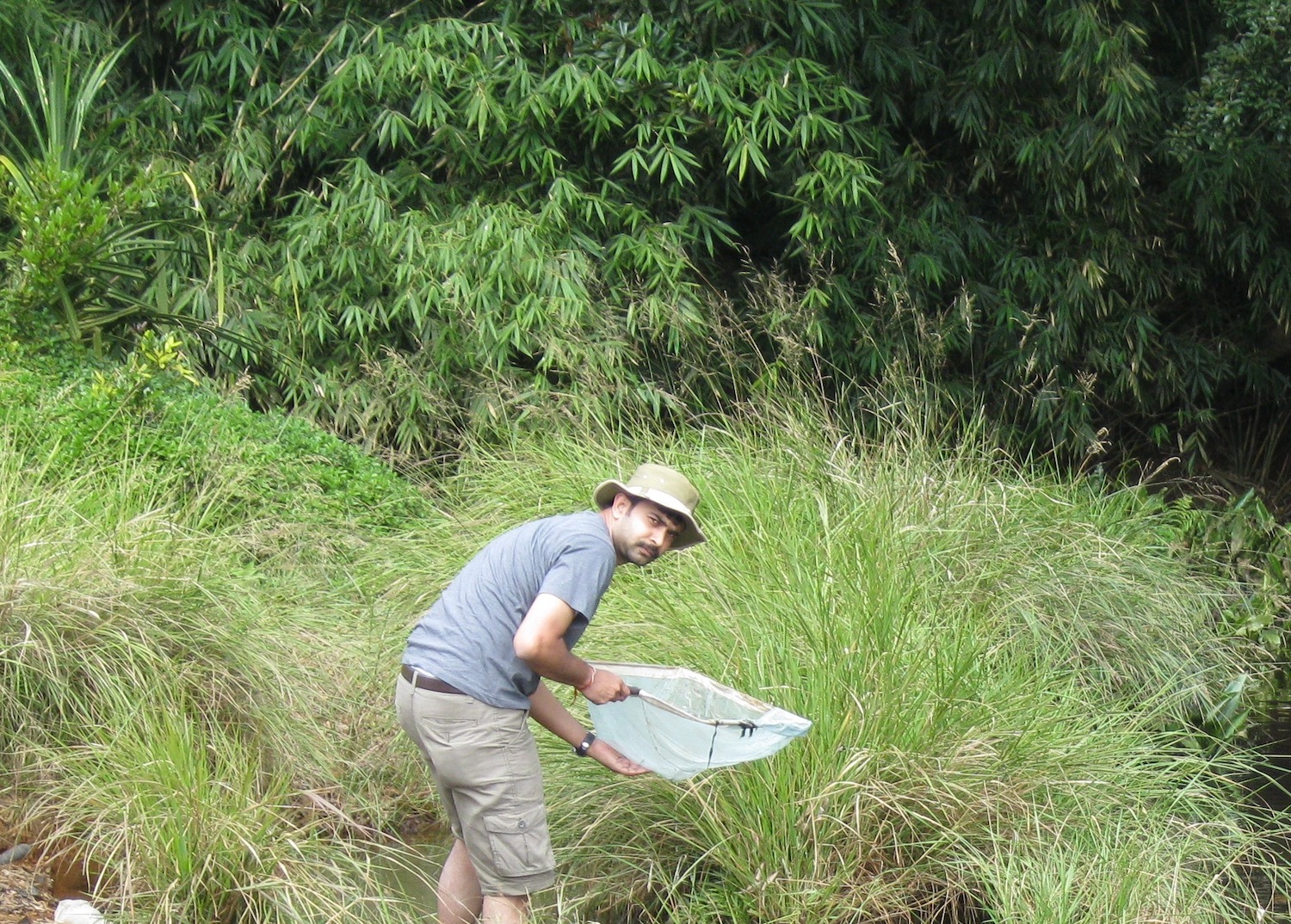
Rajeev conducting field work (c) Rajeev Raghavan
